 |
 |
 |
 |
 |
|
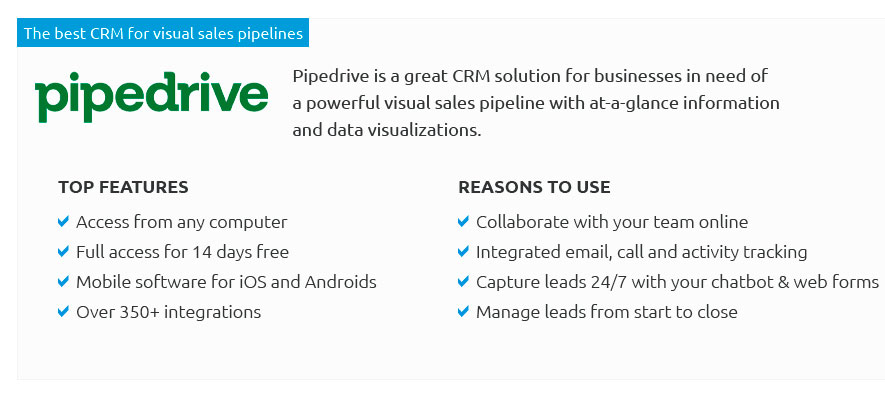 |
|
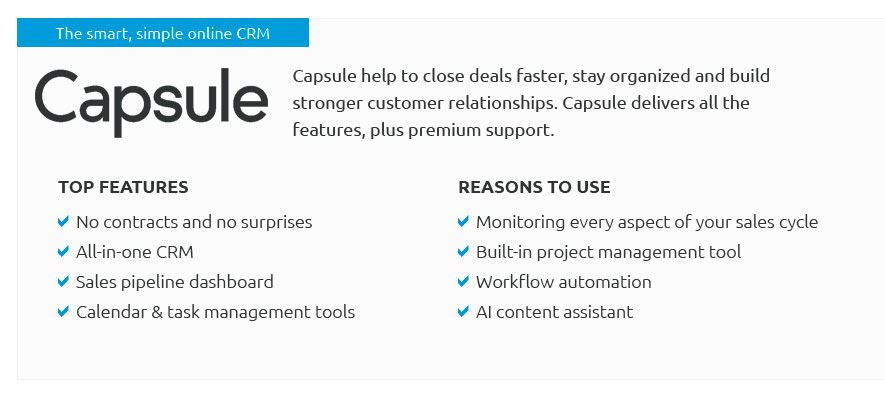 |
|
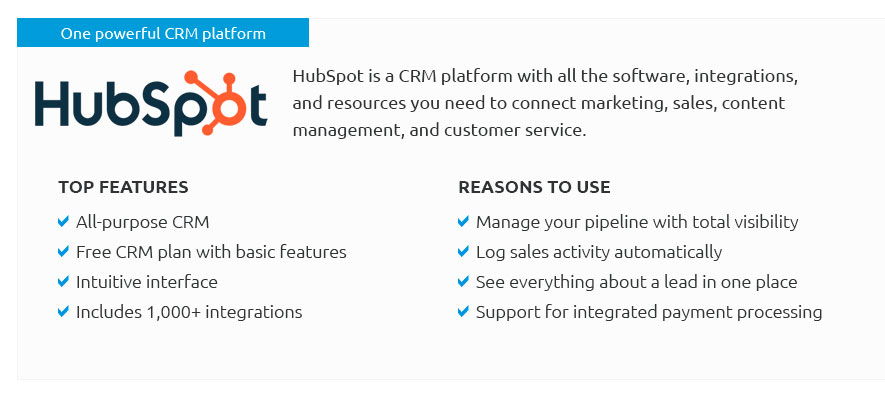 |
|
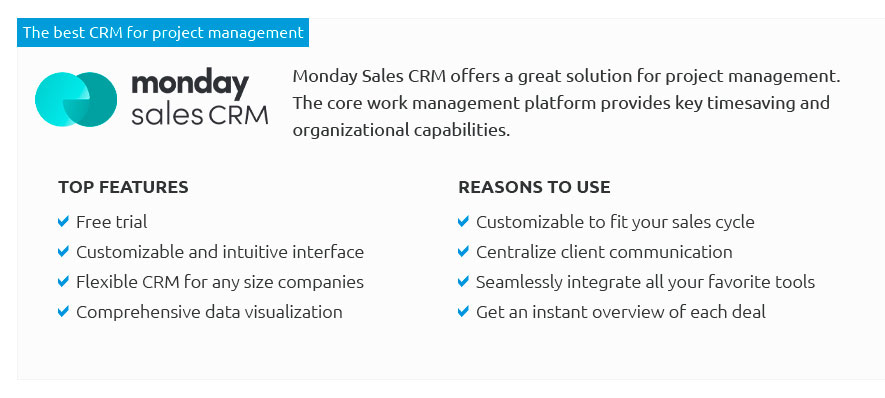 |
|
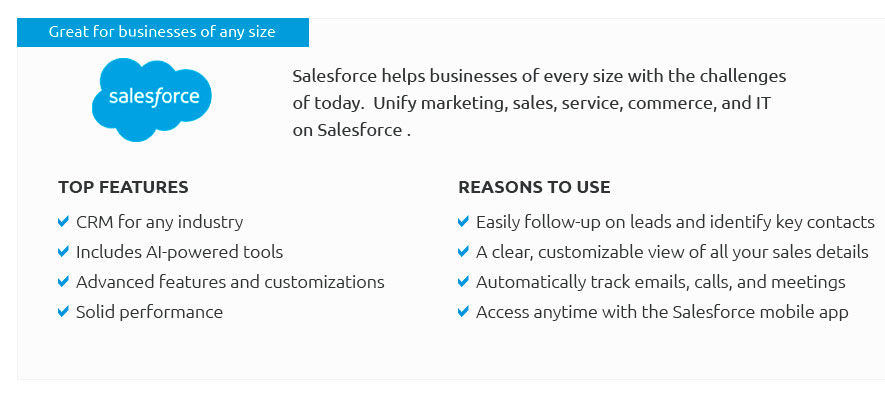 |
|
 |
 |
Exploring the World of Resource Planner Software: A Comprehensive GuideIn the ever-evolving landscape of project management and business operations, resource planner software has emerged as a crucial tool for organizations aiming to optimize efficiency and streamline workflows. As businesses grow more complex and globally dispersed, the need for sophisticated tools to manage resources-ranging from human talent to physical assets-becomes undeniably vital. But what exactly is resource planner software, and why has it garnered such attention? At its core, resource planner software helps businesses allocate, track, and manage their resources effectively, ensuring that projects are delivered on time and within budget. These platforms offer a range of features, from real-time tracking and forecasting capabilities to detailed analytics and reporting, which empower managers to make informed decisions swiftly. Among the myriad options available in the market, several platforms stand out for their unique features and capabilities. Let's take a closer look at some of the most popular choices, comparing their strengths and potential drawbacks.
Choosing the right resource planner software hinges on several factors, including the size of your organization, the complexity of your projects, and your existing technology stack. A key consideration is integration; ensuring that the software seamlessly connects with your other tools can significantly enhance efficiency. Furthermore, as the demand for remote work solutions grows, opting for a cloud-based platform can offer the flexibility and accessibility that modern teams require. In conclusion, while there is no one-size-fits-all solution, the right resource planner software can transform how your organization operates, driving productivity and enabling smarter decision-making. https://thedigitalprojectmanager.com/tools/resource-scheduling-software-tools/
I reviewed and evaluated the top resource scheduling software to shortlist the best tools to schedule, track and optimize project resources. https://www.runn.io/
Resource management software for the modern workforce. Assign the right people, to the right projects, in real-time. https://www.atlassian.com/software/jira/features/resource-management-tools
Jira empowers resource management professionals with a comprehensive toolset that facilitates greater organization, coordination, and visibility across their ...
|